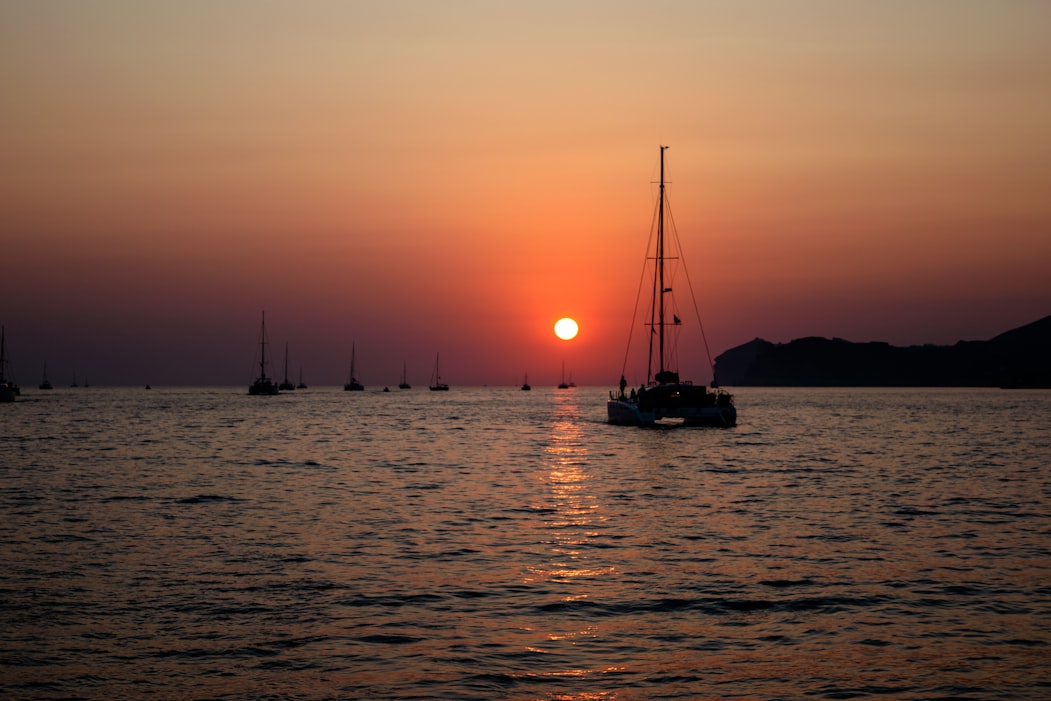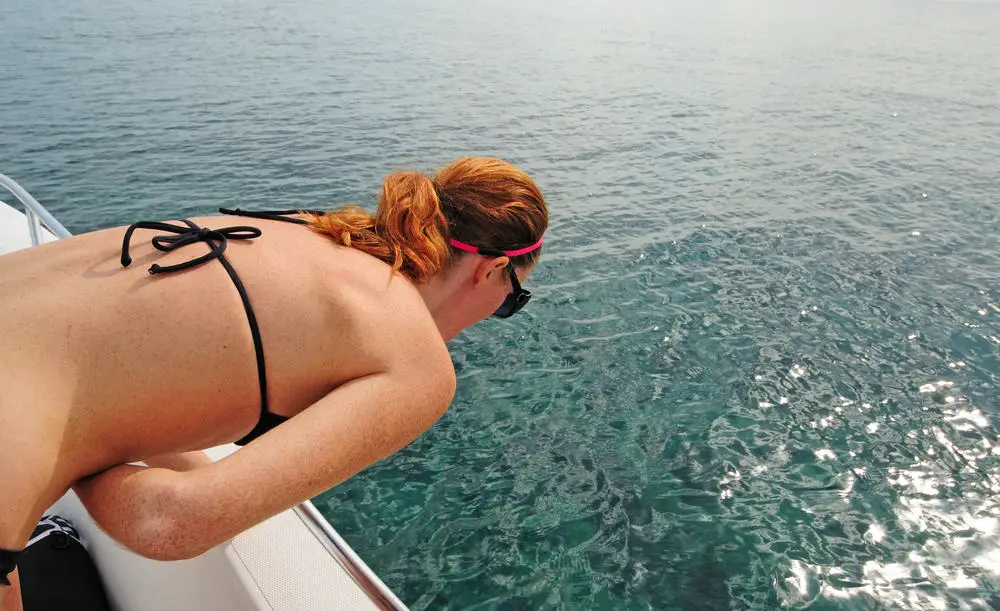As an Amazon Associate, we earn from qualifying purchases. We may also earn commissions if you purchase products from other retailers after clicking on a link from our site.
Are you planning to go on a snorkel trip, for a day sail or maybe even considering buying a Catamaran and you are interested in how seasickness, also known as motion sickness, might affect you? You have come to the right place!
The study found that both horizontal and vertical accelerations contribute to seasickness on board, meaning that seasickness is three times less on a passenger ship with a catamaran configuration, compared with a single-hulled vessel.*
Seasickness on a Catamaran is not only possible but is also common due to the rolling way the boat moves in the water. Compared to monohulls, catamarans are more stable which in comparison reduces the risk of seasickness to people on board.
Considering that a catamaran moves differently in the water, it should also generate seasickness in different situations? correct! so while monohulls generally roll slower due to the heavy keel hull, a catamaran moves quicker and with a movement that is far more predictable, and predictability is key when trying to mitigate seasickness.
When it comes to the rocking motion, due to the wide distribution of weight the catamaran will move not only slower but also tilt with a smaller angle. This greatly reduces the very uncomfortable movements that throw you around inside a monohull.
In a catamaran, on the other hand, you can go inside, get protection from the weather, avoid the noise of the engines (since they are placed in the hulls and you are in the deck up top) but still be able to see the horizon and thus anticipate the next wave, if you’re lucky you might also be able to let a little bit of breeze in through the windows.
Will it happen to you?
A survey done by BBC states that 62% of people that were taking part in the global challenge get seasick on nearly every passage, and these are experienced sailors traveling the world. When it comes to seasickness it’s a lot about luck, some get it every time, some may never get it.
Don’t let this scare you away, these people are talking about crossing the Atlantic and sailing around the world, this is not comparable to going on a day charter in the Mediterranean or any other place where weather of course can be bad but safe harbors is only an hour away, in fact, many of these charter boats are made specially to be very comfortable and enjoyable to sail, and part of enjoying sailing is to reduce the risk of seasickness so don’t let that stop you!
Being prepared is always good so below I will give you my best tips on getting the most enjoyment out of your day on the water!

9 tips to combat seasickness!
So considering the information above traveling on a catamaran reduces the risk of motion sickness/sea sickness, so for those of you who would like to get extra prepared here are 9 of my favorite tips!
1. Make sure you see the horizon
Positioning yourself for success, well maybe this isn’t usually what that means but when it comes to seasickness there are a few benefits to being on a catamaran.
One common situation is that someone gets sick and they want to go inside, away from the waves and noises. This is usually not the best option, especially not on a monohull where not only can you not see the horizon, but oftentimes you now have to combat the noise and fumes of the diesel engine and possibly also higher temperature and less fresh air.
So position yourself close to the center of the boat, with a good vision of the horizon with plenty of fresh air and away from the diesel fumes.
2. Sleep your 8 hours
This might not be much of a tip if you’re on a day trip and really want to enjoy the most out of it, but if your doing a longer crossing one of the best things I have encountered is to get some good sleep, not only during the sail, but I also make sure that I am fully rested beforehand and have some good strength to counter the weather.
3. Eat well before and during
This in conjunction with sleeping doesn’t only apply to sailing it applies to your entire life, so make sure you eat healthily before, during, and after. I would also recommend preparing some food for the trip so when you’re starting to feel a little sick you already have some food that you like and that you can easily digest. Especially if you’re on a long journey on a monohull and have to go down into the hull to make it!
Even though I say eat well I also mean eat light, don’t stuff yourself before leaving port, but eat som light stuff, I mean you don’t want to waste all that good food by throwing it up anyway right? 🙂
4. Try Ginger products4. Try Ginger products
Personally, I have had a great effect with ginger tea or different products with ginger in them, maybe not very scientific, but it seems to be working for me and my friends, so give it a try. It comes in many forms and shapes, cookies, drinks, pills you name it they probably make it.
5. Medications
I’m not much of a medication guy, that’s probably my hippie side, but I understand some people get good effects since I’m not a doctor or a pharmacist I’m not going to recommend anything but I’ll give you a few topics to discuss with your doctor/pharmacist and maybe you can figure something out together.
- Behind the ear patches (scopolamine)
- Motion Ease oil

6. Don’t drink alcohol
Sorry about this one, but if you want to counter something called motion sickness (aka seasickness) you probably shouldn’t drink something that makes your world wobbly without even being on a boat. Drink water or try the ginger stuff, also many people have good success with coca-cola.
And also, being hungover sucks, being hungover on a sailboat makes you want to jump overboard.
7. Stay Active
Try to activate yourself with things other than thinking about how bad you feel. Try to focus on the coming snorkeling or how good the weather is, this is a great moment for some of that spiritual mental strength stuff if you, just like me, are into that stuff. ask the captain if you can help out with the boat, or prepare something for the coming stop.
8. Sail in the smooth direction
So talk to the captain, ask him or her whether there is a direction that you can sail so that the rolling of the boat is minimized, it might take you a little bit longer to get where you want to go, but in exchange, it might be a waaay better experience. On a catamaran, this would be with the wind in your back, and on a monohull, I would head a little bit more into the wind.
9. Sit down
Sitting down and trying to relax releases some of the physical strain on your body, just make sure you sit down close to the center and with a view of the horizon as mentioned above.
This might also be a good time to catch up on that podcast or listen to some realaxing music.
* Project: A Rational Approach for Reduction of Motion Sickness & Improvement of Passenger Comfort and Safety in Sea Transportation

